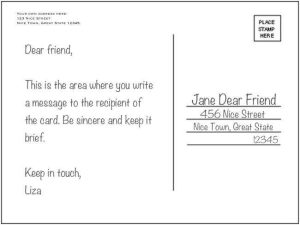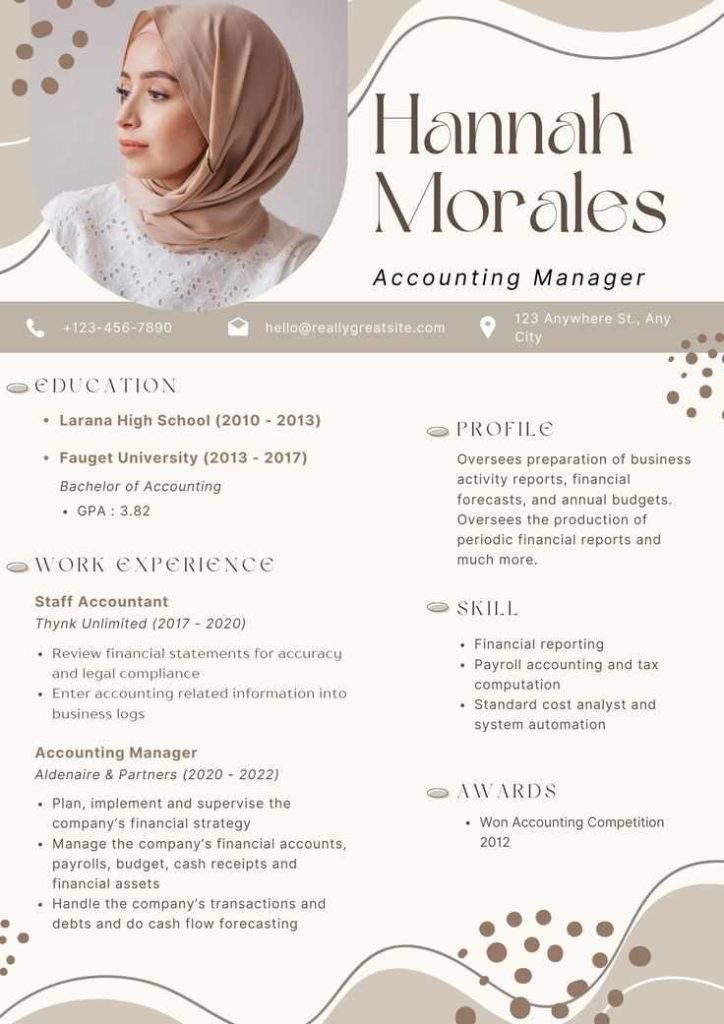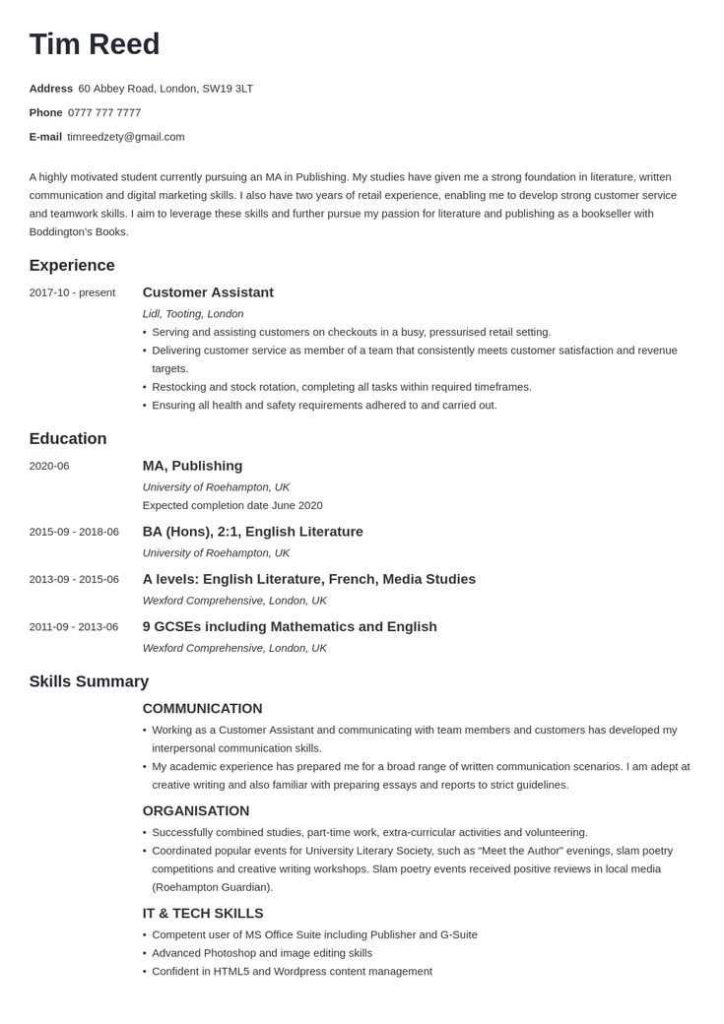5 Advanced
Chapter 2:
Learning Objectives
At the end of the lesson, students must be able to:
- Identify the importance of future plans:
- Create career portfolio for the future career using the target language; and
- Execute the importance of future plans using creative language.
Vocabulary
- Future – is a time that hasn’t happened yet
- Postcard – is a rectangular piece of thick paper or thin cardboard designed for writing and mailing without an envelope
- Ted Talk – Ted Talk is a recorded public-speaking presentation that was initially delivered at the annual TED (technology, entertainment, and design) event or one of its numerous satellite events across the world.
- Prospection – the act of anticipating
- Career Portfolio – are useful for keeping and organizing any papers or material that are useful for applying for a job.
Essential Knowledge
Future is a time that has not happened yet. People look forward to the future because it keeps us motivated to do the things that we want to achieve. For example, we work hard because we want to achieve something, we go to school because we want to finish our degree and to make our parents proud. That is the reason why people look forward to the future because it is something that we want to achieve someday. Also, the future has an exceptional capacity that can prepare us for our life in the future. It can help us to plan ahead and make the right decisions that can make our life more sustainable.
Effective communication is essential for maintaining productivity and collaboration. Effective communication can help us work with people more effectively and communication skills can build understanding and foster a positive work environment.
Why is it important to plan for the future?
- Ensures you’re prepared – Creating a future plan could help you in taking the required actions to address any future challenges, such as financial concerns.
- Allows you to have and reach goals – Planning for the future allows you to set goals and take the necessary measures to achieve them within a certain timeframe.
- Keeps you motivated – Knowing you have a clear strategy for the future might motivate you to continue working hard to achieve your objectives.
- Helps you to have financial stability – Preparing also helps you fulfill financial stability through setting up a budget to stick to, which will allow you to achieve your goals.
- Helps you to be in control of your life – Having a detailed strategy for your future might help you gain more control over your life and the steps you can take to achieve your goals.
Through these steps it can help you to plan your future ahead of time. Take time to plan the things that you want to achieve and do it slowly but surely.
Postcard Making
Objective A:
- Identify the importance of future plans:
Postcard
A postcard or post card is a rectangular piece of thick paper or thin cardboard designed for writing and mailing without an envelope and at a cheaper cost than a letter. The concept of postcards was invented by Dr. Heinrich von Stephan in Prussia in 1865. Although he invented it Dr. Heinrich’s ideas were rejected but the first postcard was sent to Austria-Hungary four years later, in 1869 (Taylor, n.d.).
The picture below shows an example of a Postcard

Activity 1: Postcard Making
Instruction
In a paper, everyone must draw or write a note to their future self or family. Participants can also include some pictures on the postcard if they have some. Each participant will be given 20 mins to finish the postcard. After that participants will present their work one by one. The postcard must have the following details below:
- The left portion is the message area
- The destination address, postage, and
- Postal Service marking or endorsement must appear in the right portion
- The right portion must be at least 2-1/8 inches wide.
Supplementary Videos:
Easy POST CARD Making | How to make a post card | DIY For school projects.
Career Portfolio Making
Objective B:
Create career portfolio for the future career using the target language; and
Career Portfolio
are useful for keeping and organizing any papers or material that may highlight your qualifications and provide work samples to submit when applying for jobs. Portfolios contain resumes, cover letters, work examples, reference sheets, or simply a summary statement. Knowing what a career portfolio is will help you develop one for yourself, which you can then share with potential employers (Indeed Editorial Team, n.d.). The picture below shows some examples of a career portfolio.
Supplementary Videos:
✨PORTFOLIO✨That Got Me Hired (At My First Marketing Job) 🎉
How To Build An Irresistible Copywriting Portfolio From Scratch (Step-By-Step Tutorial)
Activity 2: Career Portfolio Making
Instructions
Create a career portfolio that contains your resume, cover letter, work samples, and reference sheets. Make sure to highlight your qualifications and work experience, this activity will last for 2 days. Any questions and clarifications must be catered immediately and you can ask for help if you need one. After making the career portfolio they will present it in front of the class.
Example of Career Portfolio:

Ted Talk
Objective C:
- Execute the importance of future plans using creative language.
Ted Talk
A TED talk is a recorded public-speaking presentation that was initially delivered at the annual TED (technology, entertainment, and design) event or one of its numerous satellite events across the world. Ted Talk is a collection of brief, carefully prepared talks, demonstrations, and performances that are idea-focused and cover a wide range of topics to inspire learning, inspiration, and astonishment – as well as to spark meaningful conversations. Ted Talks main goal is to inform and educate people in an accessible way. Through Ted Talk, it will help you realize that you are capable of understanding complex ideas and it will also boost your confidence.
Supplementary Videos:
What is your dream job? | Cecilie Johnsrud | TEDxYouth@FortWorth
The psychology of your future self | Dan Gilbert
Draw your future | Patti Dobrowolski | TEDxRainier
What are the main things in a speech?
Organizing speeches serves two essential purposes. First, organizing improves clarity of cognition in a systematic manner. Second, organization improves the chances that the speech will be effective.
Audiences are unlikely to understand disorderly speeches, and they are even less likely to believe that disorganized speakers are trustworthy or credible. Speeches are divided into three major sections: introduction, body, and conclusion (Barton, n.d.).
Introduction
The introduction of the speech is the most crucial contact between the speaker and the audience. The introduction is where the main claim or topic should be conveyed clearly so that the audience understands the objective of the speech. Speakers must orient their audience and draw links between what they already know or are interested in and the speech topic.
Body
The body of a speech is the central section that discusses the speech’s primary ideas and key concepts. It is also important to elaborate the facts, evidence, and opinions that you gathered on the statement of your speech.
Conclusion
The conclusion should be a bit shorter than the introduction and have two purposes: to summarize important points and to give the speech a sense of closure and completion. The speaker can also end the speech with a quote or an analogy that would capture the main idea, or leave the audience with a question to make them wonder about the meaning behind those messages. Remember a brief quotation makes an effective conclusion.
Activity 3 – Ted Talk
Instructions:
Create a speech about your future plans. These speeches should have an Introduction, Body, and Conclusion. Participants are given 10 to 15 mins to present their speech, 10 mins for the minimum and 15 minutes for the maximum. 2 points deduction for every minute of extension. Participants can ask for guidance to the person in charge of the class.
|
Criteria for the the Ted Talk |
Total = 35 points |
Let’s Check!
Key Takeaways
Future is ahead of us and it is important that we know the importance of the future. We have a lot of opportunities that we can achieve and have in our life, with great perseverance and hard work nothing is impossible. The activities given above can help you to understand what the future is and why we need to plan ahead for our own future. Through this activity it can help you to hone your abilities using the target language, and with the use of conversational, technical, and creative skills that can help you in communicating with other people. According to Eleanor Roosevelt “The future belongs to those who believe in the beauty of their dreams”.

